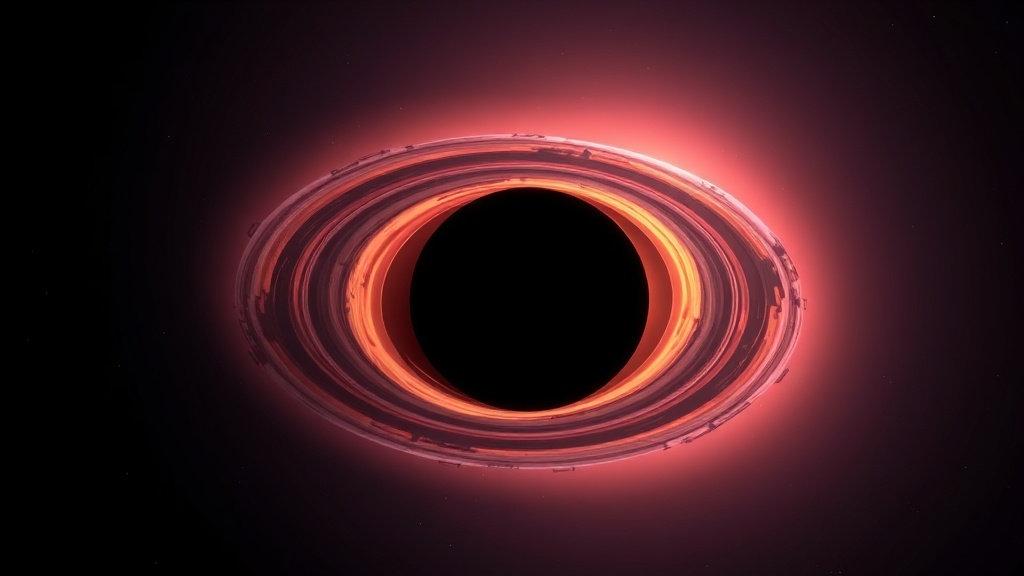Home / Science / Supermassive Black Hole Devours Massive Star in Record-Breaking Cosmic Flare
Supermassive Black Hole Devours Massive Star in Record-Breaking Cosmic Flare
10 Nov
Summary
- Largest and most distant flare ever observed from a supermassive black hole
- Flare originated 10 billion light-years away, shining with the brightness of 10 trillion suns
- Likely caused by a supermassive black hole consuming a massive star

In a groundbreaking discovery, astronomers have spotted the largest and most distant flare ever observed from a supermassive black hole. The flare, nicknamed "Superman," originated 10 billion light-years from Earth and at its peak, the emitted light shone with the brightness of 10 trillion suns.
The source of this record-breaking event is an active galactic nucleus (AGN) - a bright, compact region at the center of a galaxy powered by a supermassive black hole actively consuming material. As gas and dust spiral into the black hole, they become superheated, releasing intense radiation in the form of a powerful flare.
Researchers believe the black hole likely consumed a massive star, at least 30 times the size of our Sun, in a tidal disruption event. This is the most massive star ever seen shredded by a supermassive black hole, providing new insights into the presence of giant stars near the hearts of galaxies.
The flare, which is still ongoing as of November 10, 2025, represents an astonishing leap in our understanding of the universe's most extreme phenomena. By monitoring this event, astronomers hope to uncover more about the dynamic environments around supermassive black holes and how they shape the galaxies around them.




